How to grow dogwood from a seed, agricultural cultivation techniques, popular varieties
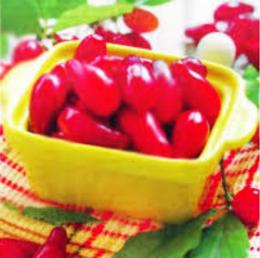
Dogwood - not the most common shrub in gardens and in areas of the middle zone, even despite its unique properties: taste and medicinal. Most often it is found in warm climates: in the Caucasus, Crimea, and some Asian countries.
Let's figure out why this southern guest is so useful and unique and why gardeners value him?
Content:
- Brief description of the plant
- When does the dogwood tree begin to bear fruit?
- Plant propagation methods. How to grow dogwood and propagate it?
- Detailed description of growing dogwood from seeds, caring for seedlingsth
- Caring for dogwood: basic agrotechnical methods
- The most popular varieties
- Harvesting and processing
Brief description of the plant
Dogwood - a small perennial shrub of the dogwood family. The most common are deciduous species, but there are also evergreen plants.
It is most widespread in Asian countries, China, Japan, Crimea, and the Eastern part of Europe. The average height of a shrub or tree is 2 - 4 m.

The leaves on the branches are pointed, located opposite each other, opposite, with an elongated landslide shape. The flowers are creamy-white, collected in inflorescences, about 5 cm in diameter. Flowering occurs in May and does not last long, about 15 days.
The fruits are drupes with 1 or 2 seeds that differ in size and shape, depending on the variety.For cultivated species, the fruits reach a size of 3 cm in length, with an elongated or rounded shape.

Most often the fruits ripen are red, but there are also pink, yellow, black, and orange. The taste is also very diverse: from tart, dryish to juicy and sweet. Root system branched, located along the soil surface.
When does the dogwood tree begin to bear fruit?
If this is a seedling of a cultivated variety, fruits should be expected in 8-10 years, and if it is a one-year-old grafted seedling, then there is a small first harvest in the first year, and after a couple of years the plant gives a full harvest.
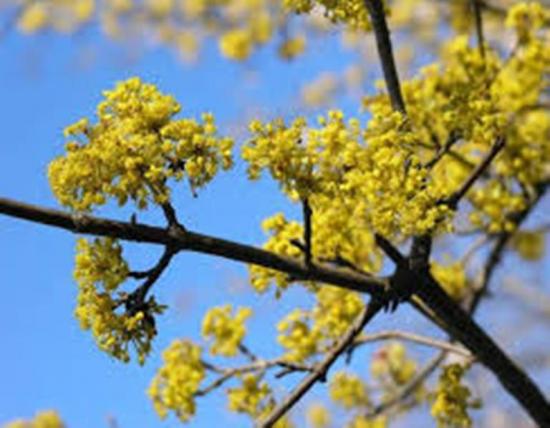
The shrub itself grows well, so it is often used as a hedge; it lives on average up to 100 years.
Plant propagation methods. How to grow dogwood and propagate it?
It can be reproduced quite well and this can be done in 4 different ways:
By layering
This method is the easiest and consists in the fact that young one-year or two-year-old shoots are bent to the soil and secured, and a little soil (7-10 cm) is poured on top and periodically moistened.
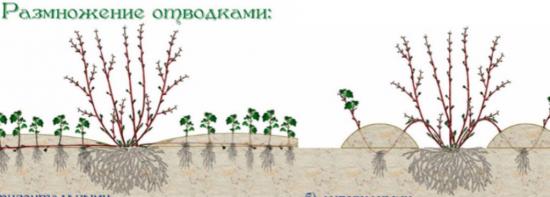
The entire process of root emergence takes approximately 1 year. In the fall, the young seedling is separated from the mother bush and transplanted to a new location.
Cuttings
For propagation, green cuttings are taken from annual shoots in mid-summer. All leaves are cut off by 1/3, and the cuttings themselves are soaked for at least 5 hours in root, or in any other similar preparation.
After soaking, the cuttings are planted in a prepared, slightly darkened place; by the end of the growing season, more than half of them have taken root.
For already lignified cuttings, the material should be taken in the fall and stored in the refrigerator until spring. Before planting in the ground, they are placed in a solution that stimulates the formation of roots.
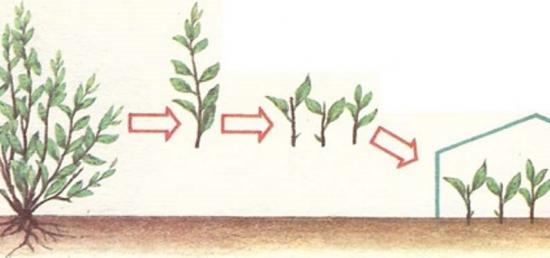
They take root closer to autumn, but are very sensitive to drying out of the soil.
Vaccination
The method is suitable for varietal dogwood in its natural conditions. For grafting, you need to find healthy, strong seedlings of a wild bush. In the spring, the graft takes root poorly, so autumn budding is more often used.
The technique is the same as for other trees. If budding is successfully carried out, the leaf petiole does not wither for up to 2-3 weeks, and then falls off. After 30 - 40 days, the binding is removed, and in the spring the rootstock on it is cut off above the growing scion. Gradually cut off all shoots of the rootstock.
Seeds
The most complex and time-consuming process. Germination takes a long time and is difficult, and seedlings begin to bear fruit late (at 8-10 years). If you still need to grow a shrub from seeds, take the seeds from green berries and plant them immediately in the chosen place.
The planted seeds are watered abundantly, and seedlings should be expected in the spring. If you take seeds from ripe fruits, it will be necessary to perform scarification and stratification.
These two techniques will help shorten the germination period, but require skill and knowledge so as not to damage the fragile embryo when filing the shell.
Detailed description of growing dogwood from seeds, caring for seedlings
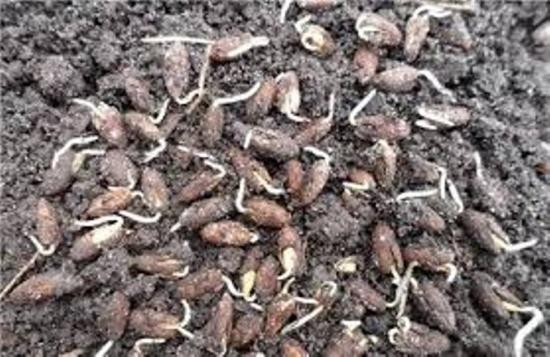
To grow dogwood from a seed, you need to know how to do it correctly. The whole process consists of several stages:
- First, take the seed out of the fruit, fill it with warm water and cover it with a lid. This starts the fermentation process. After a few days, the seeds are removed from the fruit by hand, washed with water, sprinkled with sawdust and stored in a cold place for a year and a half.
- Before sowing bones Warm up near the battery from the end of February for about 6-7 days.
- The soil should consist of fertile soil, compost and sand in equal proportions. Containers with planted seeds are watered, covered with dark film and placed in a warm place.
- After the first sprouts, remove the shelter and move it to illuminated window sills.
- Underground seedlings are transplanted to a permanent place after all frost and the weather is really warm. The soil under the young shoots is covered with sawdust, watered and often loosened to allow air to reach the roots.
- After stratification, the seeds are planted immediately in the ground to a depth of 3 cm in early - mid-May.
- To insulate and create favorable conditions, the area with the seeds is covered with plastic film. Remove the cover after germination.
In summer, young shoots require careful care: they must be protected from direct sunlight, watered and loosened.
For the first winter, plants are insulated mulch from humus, and spruce branches or fallen leaves are laid on top. In the spring, they get rid of the shelter gradually: first, remove the top layer, and a week later - the second.
Caring for dogwood: basic agrotechnical methods
This southern plant is quite unpretentious and does not require much physical effort to obtain a good harvest. Planting a tree is an important stage, and it is necessary to choose the right place on the site.

More favorable for dogwood planting and replanting in the fall on the southwestern side of the plots.
The place should be slightly darkened, at a distance of at least 5 meters from the fence and other structures.
Planting holes should be 60 cm deep and in diameter.
Fill the hole with a mixture of fertile soil, humus and mineral fertilizer.
The root collar is raised from the soil level by 2-3 cm; when the ground settles, it will become equal to it.
After planting, the bush is watered with 2 buckets of water.
Always plant several plants nearby - cross-pollination will significantly increase the yield.
The main work should be aimed at the following processes.
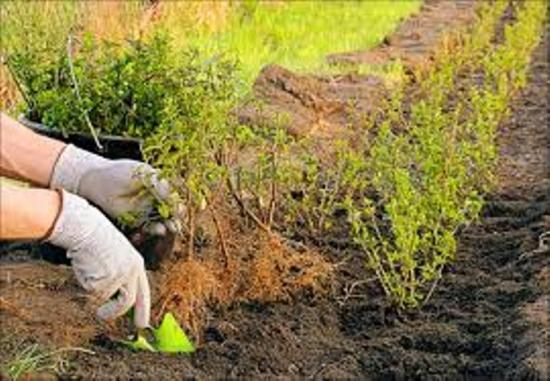
Watering
For an adult plant it is required infrequently, only during very dry periods. And for a bush of 1 year of life, watering is organized much more often for good growth and development.
Feeding
In spring and autumn, organic fertilizers are applied to the tree trunk circles (2-3 kg per m3). Different mineral fertilizers are used, depending on the time of year. In autumn you need phosphorus content (30 g/m3), and in spring – potassium (11-12 g/m3) and nitrogen (17-20 g/m3).
Mulching
Required to retain heat and moisture in the soil, as well as for additional nutrition. Almost any material for mulching is suitable: sawdust, peat, mown grass, fallen leaves.
Pruning
The crown is formed during the first few years of life. The trunk is formed 60-70 cm in height and 5-7 main branches. The lower shoots are removed completely. Then only sanitary pruning is carried out: dry, damaged and broken branches, small shoots that thicken the crown are pruned.
Loosening, weeding weed
Required as weeds grow and soil crust forms. They loosen the soil to a depth of 10 cm periodically, so oxygen and fertilizing will better penetrate inside, which is especially important for a young bush.
The most popular varieties
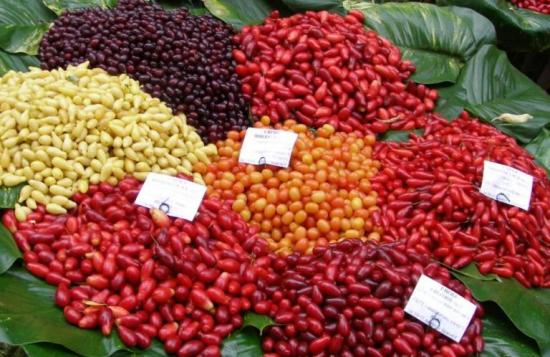
Among dogwood varieties there are many “favorites” of gardeners, which are time-tested, give a good harvest and have high taste, among them there are varieties such as:
- Gentle.The variety produces fruits annually. The berries are bright yellow and shaped like a bottle.
- Vydubetsky. The fruits are large, weighing up to 7.5 g. They are characterized by low shedding - they are well attached to the branches.
- Firefly. This variety is one of the large-fruited ones, berries large, widening towards the base.
- Semyon. A popular species, with pear-shaped berries of a dark cherry hue.
- Elegant. The fruits are almost identical in shape and size and have a thin neck. When ripe, it is black cherry in color.
- Amber. A variety with transparent yellow oval fruits, average weight (3 g), ripening offensive in September, but they are removed from the bush in advance so as not to fall off.
- Vladimirsky. The oval, cylindrical berries are dark red in color and taste sweet and sour. They ripen early, by the end of summer, and are excellent for fresh use, processing and freezing.
- Elena. A distinctive feature is frost resistance. The berries (5-6 g) have a dark red color. They ripen evenly, but fall off.
Harvesting and processing: dishes with dogwood
When picking berries, it is worth observing the time frame, knowing the ripening time of the variety and inspecting the bush. It is necessary to harvest the crop on time, as the fruits quickly begin to crumble, and this will significantly complicate the harvesting process.
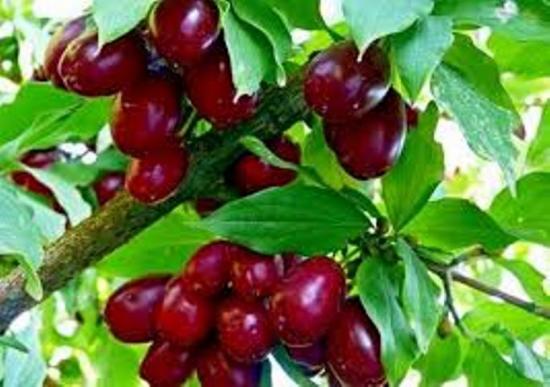
Eaten fresh frozen, prepare jam, jam, tinctures. Used as an addition to various vegetable and meat dishes.
Here are some interesting recipes using this tasty and healthy plant.
Dogwood jam with orange
- Orange – 2 pcs.
- Dogwood – 1 kg.
- Sugar – 0.5 kg.
From the ripe ones berries remove the seeds and add sugar. Remove the zest from the orange and grate it into a bowl with the berry mixture, and squeeze the juice into it.The mixture is placed on low heat, and, stirring constantly and skimming off the foam, cook after boiling for about 12 - 15 minutes.
Leave it in this form overnight, and in the morning heat it again over low heat until bubbles appear and immediately pour it into jars. Store this sweet treat in a cool place.
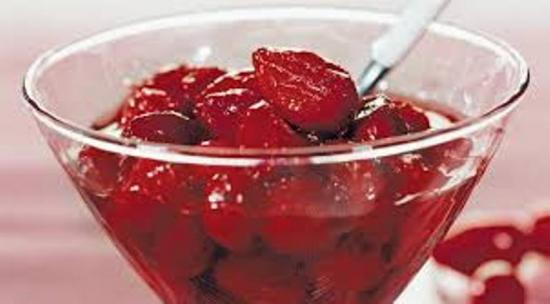
Cream soup
- Dogwood – 0.2 kg
- Sugar – 25 g
- Cream 20% - 35 gr.
- Water – 0.25 l.
Before cooking, the fruits are sorted, washed, and pureed until pureed. Or remove all the seeds and blend with a blender.
The squeezes are filled with water, sugar is added and cooked on the stove for 4 - 5 minutes. After cooling, pour into the puree, stir, add cream, a sprig of mint or crackers to taste.
Honey dessert with pumpkin
- Pumpkin – 0.5 kg
- Dogwood – 0.25 kg
- Walnuts – 1 cup (shelled)
- Powdered sugar – 5 teaspoons
- Honey – 2 tbsp. l.
The pumpkin is peeled, cut into small cubes and simmered with water for about 30-40 minutes. When ready, turn off the heat, drain the liquid and cool. vegetable. The berries are poured with water and boiled until soft for about 15 minutes.
The cooled fruits are rubbed through a sieve or crushed with a blender. Walnuts are ground into crumbs, meanwhile honey is diluted in 200 ml of warm water and poured into the nuts. Combine all ingredients and mix thoroughly. The chilled dessert is served with a dusting of powdered sugar.
For many summer residents, growing this southern tree is an interesting and easy task. The fruit tree is unpretentious to care and cultivation, bears fruit for decades, produces a bountiful annual harvest, but requires clear actions and compliance with certain requirements for watering, soil and pruning. And the berries are tasty and healthy not only fresh, but also for processing and cooking.
You can learn more about the features of care, propagation, planting and harvesting. To do this, watch the video we offer, take note of all the useful tips that will come in handy when growing dogwood:


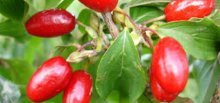
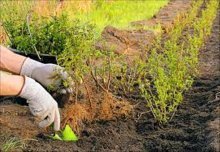
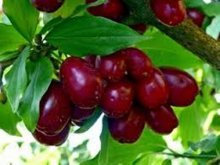

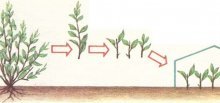

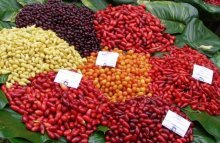

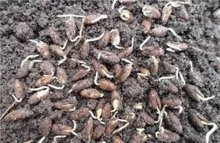

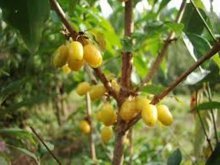
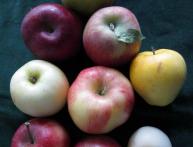
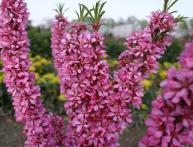
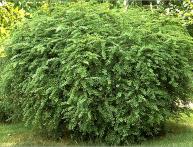
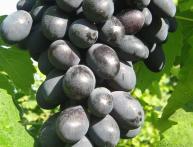
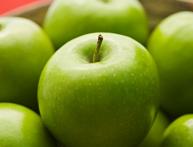
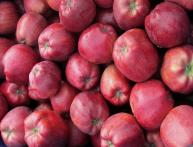
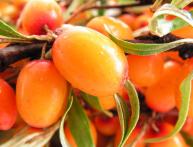
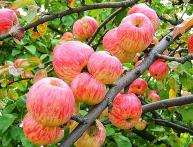
Comments
We wanted to grow dogwood from seed as an ornamental shrub. Did not work out. One year, a gardener/vegetable gardener bought two already sprouted plants at the market, but that was also a failure. In winter the bushes froze.
Having a dogwood bush in the garden has been my long-time dream, but I didn’t know that you can grow it even from a seed. Although of course it’s not easy, you can still try. I really love dogwood jam; its taste is difficult to compare with anything else.